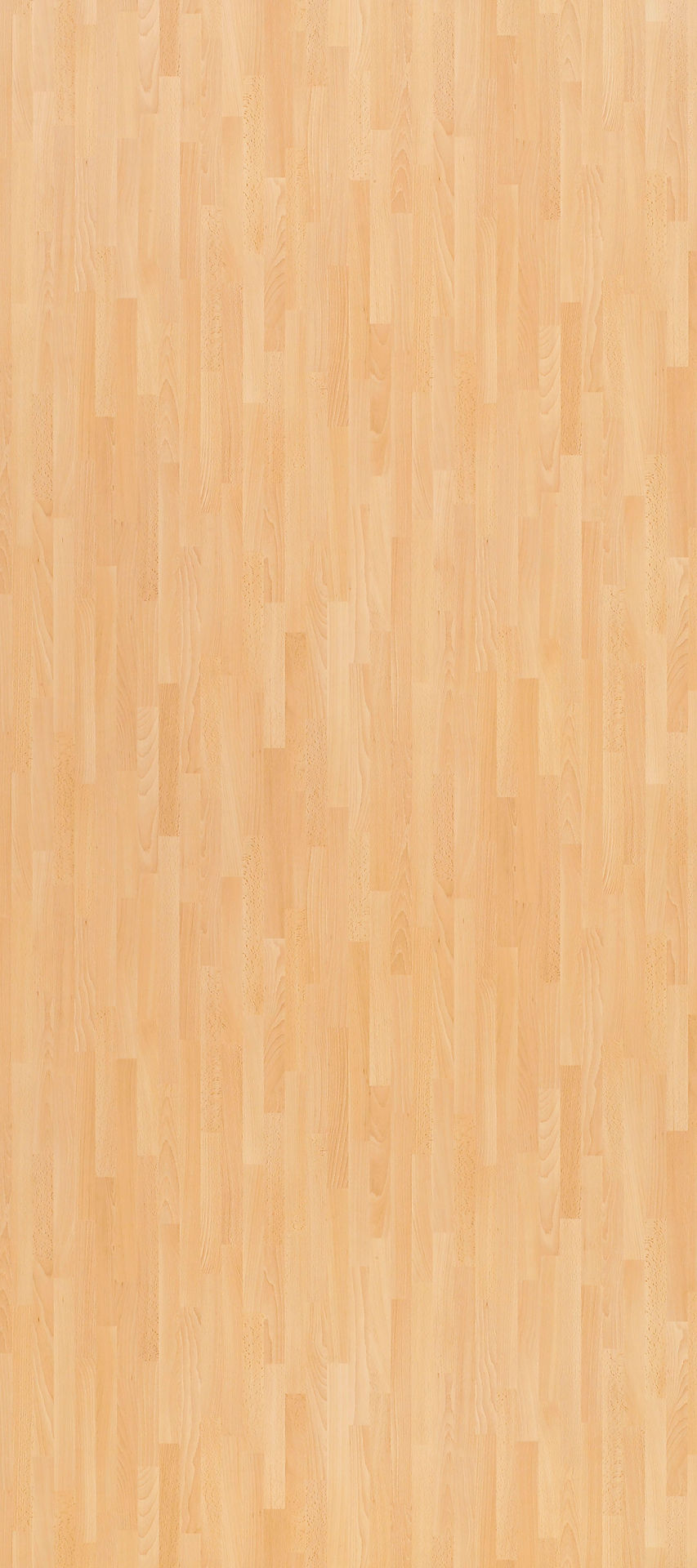Pilates in 12 Questions

1- What is the difference between Pilates and Yoga?
Yoga is a practice that originated in India more than 5000 years ago. Pilates is a Western technique of about 100 years. Known as a lifestyle that preaches harmony between body, mind and spirit, yoga has a metaphysical appeal. "Exercises are a form of spiritual elevation," says Shakti Leal, coordinator of Nirvana space in Rio. In pilates, balance and concentration are objective questions. The movements of each exercise are so complex that it is almost impossible to execute them without a good deal of concentration.
2. Is Pilates made on the floor or Machines?
Both of them. In the handsets, the classes are usually individual or small groups. The student has full supervision of the instructor. The springs allow each equipment to adapt to the body and posture of the student, without forcing too much or hurting.
On the floor, it is possible to take classes in larger groups, although the studios usually avoid crowding their sessions. In gyms, this number can reach 30 practitioners. Although it involves free movements and without big equipment.
3 – Does Pilates have the same effects of the gym?
No. Pilates exercises strengthen, but do not make muscles grow as much as going to the gym. Pilates works more with repetition of movements and less with increasing loads. In addition, the springs used in the machines offer a different type of exercise than those performed in the gym. Another difference is that Pilates exercises done on the floor work several muscle groups at the same time, while in the gym each exercise usually stimulates one muscle at a time.
4. Pilates cure hernia and other spinal problems?
There is no cure for hernia or other injuries, but there are ways to alleviate them and reduce the pain. Physicians and physiotherapists indicate Pilates as a good option for those who have spinal injuries because of low-impact exercises, strengthening of the abdominal muscles, and correction of postural problems. "I recommend the practice to my patients, as well as recommend Global Postural Reeducation (RPG) and traditional physiotherapy," says Jamil Natour, professor of rheumatology at Unifesp, Brazil.
5. Does Pilates prevent future injuries?
No. For experts, there is no way to prove that strengthening the abdominal muscles protects the spine from further injury. But it is good to have a good core strength to help stabilize the body.
6. Does Pilates lose weight?
Not necessarily. Although some exercises require a lot of physical effort, the goal of the method is not weight loss. For those who want to lose weight, aerobic activities are the best option.
7- Does Pilates make you grow?
No. Pilates does not add magical centimetres to the skeletal structure of its practitioners. But it improves posture. Because of the more upright posture, we have the impression that we have grown, because we are less bent.
8- What are the variations of Pilates?
It is a controversial subject among the adherents of the method. Over the years, the Pilates exercises have been incorporating novelties and have spread throughout the world. In the gyms, the method gained adaptations, like swim pilates (in the swimming pool), jumpilates (that alternates three minutes of jumps with one of pilates), iogilates (pilates and meditation). The more purists claim that the variations of the technique created by Papa Joe are not Pilates. Thus, balls and exercises in the water would be a misrepresentation of the practice.
9. Is Pilates in danger?
As with any exercise, poorly executed Pilates can aggravate the injuries of those who seek the method for therapeutic purposes or even cause new injuries. Be careful who are teaching you and assisting you during the exercises.
10- How to know if your neighborhood's Studio is serious?
The best way to be careful when choosing the studio or gym is to check who the teachers are . Do they have a degree? One of the main institutions that issue certificates are recognized by the Pilates Method Alliance, an international alliance of the method, and require a minimum of 450 hours of class.
11. Can Pilates be practiced by anyone?
No. Children under 6 years old do not yet have bone structure, muscles and ligaments completely formed. People with severe osteoporosis or severe spinal injuries should also not practice.
12- Is there any limit to the number of classes?
Just like in in the gym, experts recommend that muscles rest for 48 hours. As in Pilates the core muscles are always exercised, the ideal is to alternate the days. This gives an average of three times a week.































